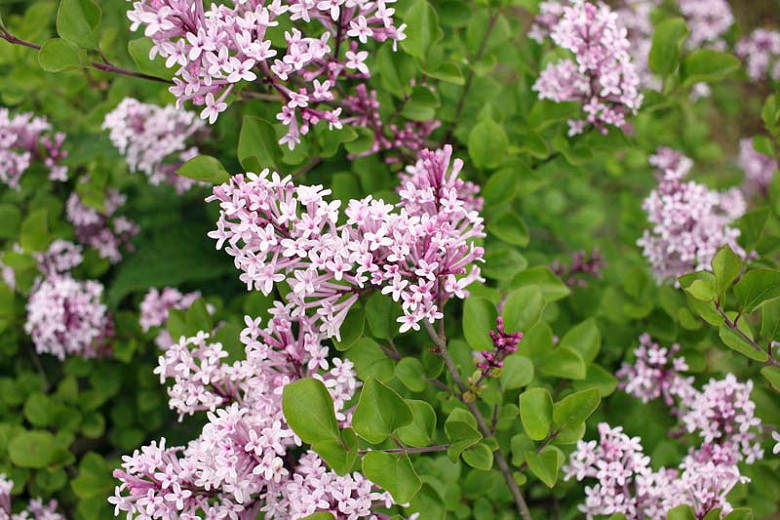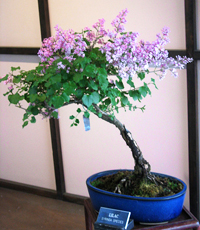As A Marking In The Beginning And
The Future of Work: What You Need to Know
The world of work is changing rapidly. New technologies are emerging, the global economy is becoming more interconnected, and the workforce is becoming more diverse. All of these changes are having a profound impact on the way we work.
In this blog post, we will explore the future of work and discuss the key trends that are shaping it. We will also provide some insights on how you can prepare for the changes that are coming.
Introduction
The future of work is a hot topic of discussion these days. There is a lot of uncertainty about what the future holds, but there are also some clear trends that are emerging.
One of the most important trends is the rise of automation. Automation is already having a major impact on the workforce, and it is only going to become more important in the years to come. As machines become more capable, they will be able to automate more and more tasks that are currently done by humans.
Another important trend is the globalization of the workforce. The global economy is becoming more interconnected, and this is leading to an increase in the number of people who work remotely or for overseas companies. This trend is also being driven by the rise of technology, which makes it easier for people to work from anywhere in the world.
The workforce is also becoming more diverse. The traditional model of a white-collar workforce is becoming less and less common. Today, we are seeing a growing number of women, minorities, and people with disabilities entering the workforce.
Main Content
These are just a few of the key trends that are shaping the future of work. Let's take a closer look at each of them.
The Rise of Automation
Automation is already having a major impact on the workforce. According to a study by the McKinsey Global Institute, up to 800 million jobs could be lost to automation by 2030. However, it is important to note that automation will also create new jobs. For example, we will need more people to develop and maintain automation technology.
The key to success in the age of automation is to be adaptable. We need to be able to learn new skills and adapt to new ways of working. We also need to be able to work with machines and understand how they can help us to be more productive.
The Globalization of the Workforce
The global economy is becoming more interconnected, and this is leading to an increase in the number of people who work remotely or for overseas companies. This trend is also being driven by the rise of technology, which makes it easier for people to work from anywhere in the world.
The globalization of the workforce presents both challenges and opportunities. On the one hand, it can lead to increased competition for jobs. On the other hand, it can also open up new opportunities for people who are willing to work outside of their traditional geographic boundaries.
The Diversification of the Workforce
The workforce is also becoming more diverse. The traditional model of a white-collar workforce is becoming less and less common. Today, we are seeing a growing number of women, minorities, and people with disabilities entering the workforce.
This diversity is a good thing. It brings different perspectives and experiences to the workplace, which can lead to innovation and better decision-making. However, it also presents some challenges. For example, businesses need to be sure that they are providing equal opportunities for all employees, regardless of their background.
Conclusion
The future of work is uncertain, but there are some clear trends that are shaping it. These trends include the rise of automation, the globalization of the workforce, and the diversification of the workforce.
To be successful in the age of automation, we need to be adaptable and willing to learn new skills. We also need to be able to work with machines and understand how they can help us to be more productive.
The globalization of the workforce presents both challenges and opportunities. We need to be prepared to compete with workers from all over the world, but we also need to be open to the opportunities that come from working with people from different cultures and backgrounds.
The diversification of the workforce is a good thing, but it also presents some challenges. We need to be sure that we are providing equal opportunities for all employees, regardless of their background.
The future of work is still uncertain, but by understanding the key trends that are shaping it, we can be better prepared for what lies ahead.
Syringa meyeri, also known as the Chinese lilac, is a small, deciduous shrub that is native to China. It is a popular garden plant because of its fragrant, violet-purple flowers that bloom in early spring. Syringa meyeri is relatively easy to care for and can be grown in a variety of climates.
If you are interested in learning more about syringa meyeri, I recommend visiting the Garden Wiki. This website provides detailed information about the plant, including its history, cultivation, and uses. You can also find photos of syringa meyeri in bloom, as well as tips on how to care for it in your own garden.
FAQ of syringa meyeri
Question 1: What is Syringa meyeri?
Answer: Syringa meyeri, also known as Chinese lilac, is a small, deciduous shrub that is native to China. It is prized for its fragrant, white flowers that bloom in spring. Syringa meyeri is a relatively easy plant to care for and is suitable for a variety of growing conditions.
Question 2: How to plant Syringa meyeri?
Answer: Syringa meyeri can be planted in spring or fall. Choose a location that receives full sun and has moist, well-drained soil. Dig a hole that is twice the width of the root ball and slightly deeper. Place the plant in the hole and backfill with soil, tamping down gently. Water the plant thoroughly.
Question 3: How to care for Syringa meyeri?
Answer: Syringa meyeri is a relatively low-maintenance plant. Water it regularly, especially during the first year after planting. Fertilize the plant in spring with a balanced fertilizer. Prune the plant in late winter or early spring to remove dead or diseased branches.
Question 4: What are the uses of Syringa meyeri?
Answer: Syringa meyeri is a popular ornamental plant that is often used in gardens and landscaping. The flowers can be used to make cut flowers or potpourri. The bark and leaves of the plant have also been used in traditional Chinese medicine.
Question 5: What are the pests and diseases that affect Syringa meyeri?
Answer: Syringa meyeri is a relatively pest- and disease-resistant plant. However, it can be susceptible to aphids, spider mites, and powdery mildew. If you notice any pests or diseases on your plant, treat them immediately with an appropriate pesticide or fungicide.
Image of syringa meyeri
5 different images of Syringa meyeri from Pinterest:
- Image 1: A close-up of a Syringa meyeri flower, showing its delicate pink petals.
- Image 2: A full-bloom Syringa meyeri shrub, with its cascading branches of pink flowers.
- Image 3: A group of Syringa meyeri shrubs planted in a garden, their flowers creating a colorful display.

- Image 4: A Syringa meyeri bonsai tree, its miniature branches and leaves perfectly formed.

- Image 5: A painting of a Syringa meyeri bush, its flowers rendered in soft pastel colors.


Post a Comment for " As A Marking In The Beginning And "